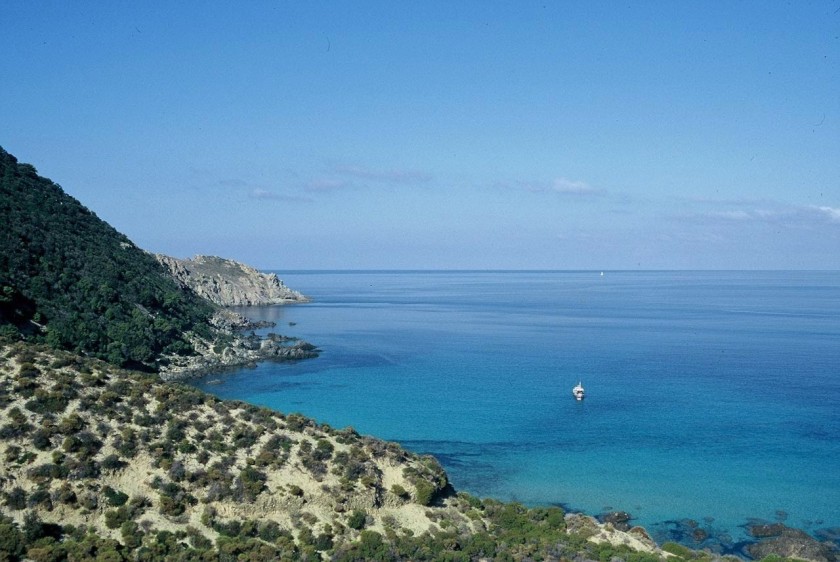
I was probably first introduced to Corsican wine at Café de la Fontaine in Lourmarin, our favorite Luberon village. There, on the small lane that traverses the center of this charming village, lies a string of cafes, including this one. The owner, who I believe is Corsican but in any case, serves up an authentic Corsican charcuterie and has the island’s wine to match. I recall thoroughly enjoying a Corsican red wine on more than one occasion there.
So, when Yoko Ota-Sawyer of the Urban Grape in Boston suggested that I might like a bottle of red “E Prove” from Domaine Maestracci in Corsica, I was immediately interested. I had never thought about Corsican wines outside of Provence. (I am not sure I had ever seen a bottle on this side of the Atlantic.) Yoko, who shares my love of Provence, said that when she drinks this wine, she thinks of “a bright sunny coast” and smells the sea with “a bit of saltiness in the air.” Hmmm. I thought for just a moment before I jumping on her suggestion, hoping it would elicit the same feelings in me as I sipped the wine. I took the bottle home and cobbled together a charcuterie to accompany it. The wine was teeming with flavor and brought to mind the bucolic nature of its origin (which is, actually, high up at the base of Monte Grossu Mountain, southeast of Calvi). It continued to open up and we found it increasingly pleasing.
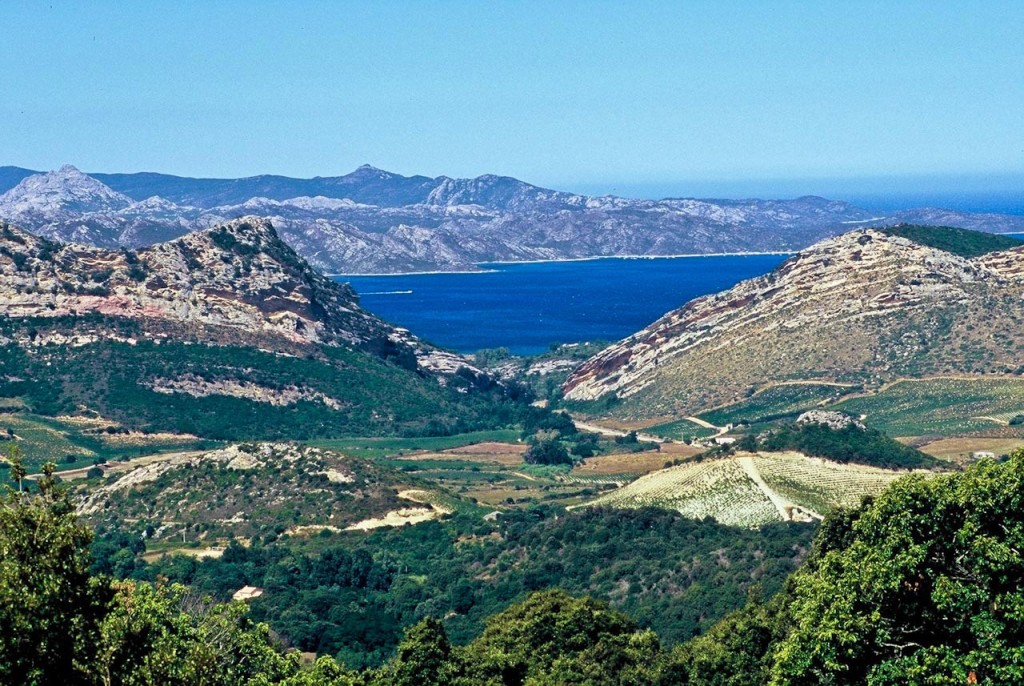
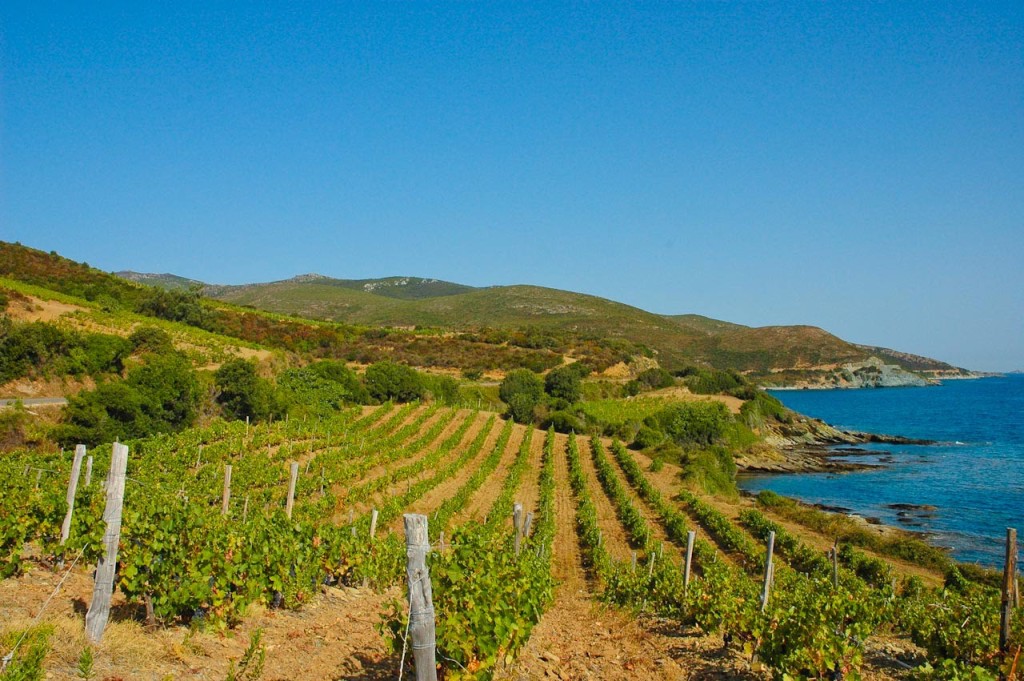
Kermit Lynch, importer of the “E Prove” and several other Corsican wines, has long been a champion of these wines. Back a few years ago, he wrote, “Let’s say it clear: Corsica is the most exciting wine region in France.”
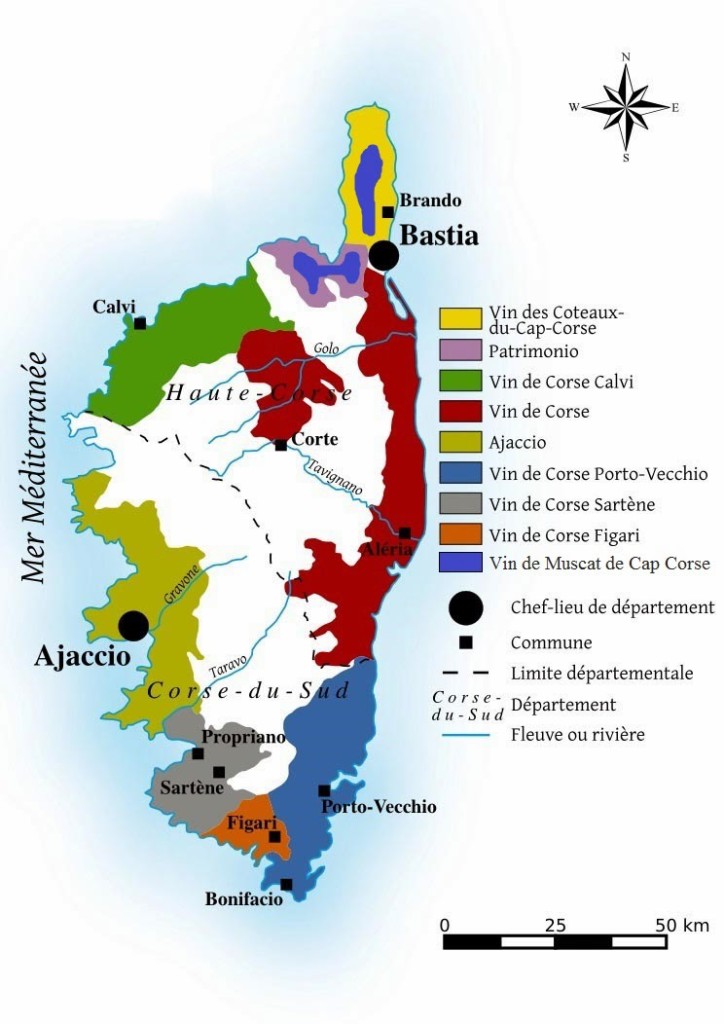
Corsica, as a French territory or, technically a collectivité territorial, is one of the 27 regions of France and thus falls under the French administrative system of classification and viticulture. There are nine Appellations of Origin (AOCs). The two major AOCs are Ajaccio and Patrimonio. The others are Corse Calvi, Corse Sartene, Corse Figari, Corse Porto-Vecchio, Corse Coteaux du Cap, Muscat du Cap Corse, and Corse. There are just over 100 AOC producers although the vast majority of wine–over twice the combined amount of the AOC’s production–is made under the less stringent category called Vin De Pays (VDP) de L’Ile de Beauté. (The European Union equivalents are Appellation d’Origine Protégée or AOP and Indication Géographique Protégée or IGP, respectively.)
There are more than 40 varieties of grapes–30 of which are indigenous–that may be used to produce wine on this small island (3400 square miles, about twice the size of tiny Rhode Island). Although most of these grapes may only be used to make VDPs, the enormous variety enables tremendous creativity and experimentation in wine making. The most important grapes in the nine appellations are Sciaccarello (indigenous), Nielluccio (Italian, more commonly known as Sangiovese), and Vermentino (Italian, known as Rolle in France). The influence of France, particularly Provence, is apparent in the wide use of Grenache, Syrah, Mourvèdre, Cinsault, and Carignan.
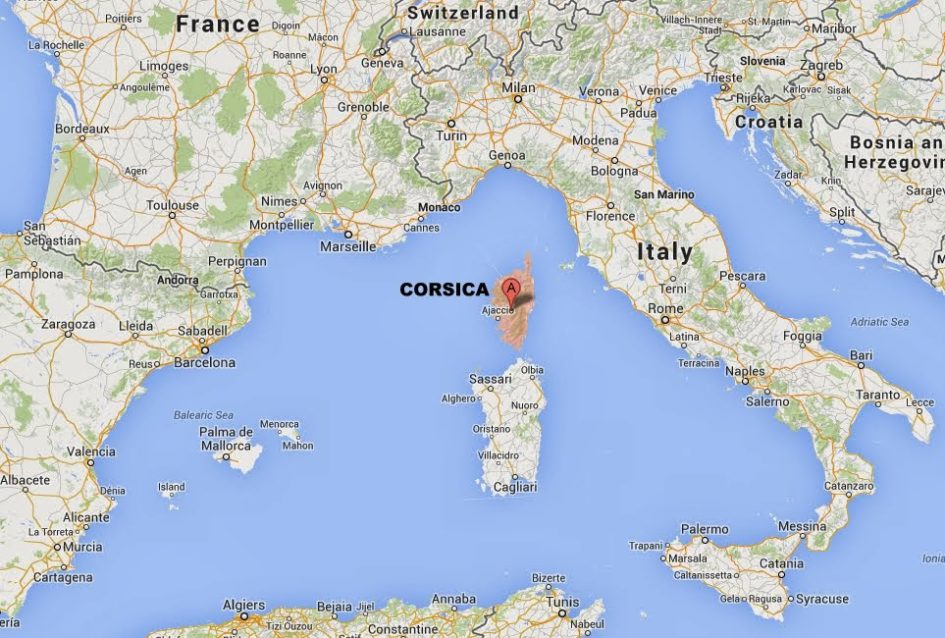
Just a quick glance at the map confirms that Corsica is France’s southern-most wine region but what you may not realize is the island lies as far south as the 40th parallel, the same latitude as Rome and Barcelona. So, these vineyards are treated to more sun that any of the other French regions. The climate is temperate, with early spring rains followed by minimal rainfall throughout the rest of the year, leading to predictably excellent harvests, year after year. Interestingly, the island’s winds help to ventilate and insulate the vineyards as well as guard against fungal diseases (enabling many of the producers to adopt organic practices). A closer look at the island reveals an unusually varied topography (valleys adjacent to peaks over 2,000 meters, and as high as 2710 meters), many soil types (e.g., clay, sand, limestone, granite, and schist), and an impressive number of mesoclimates, all of which further contribute to the interesting personalities of these wines.
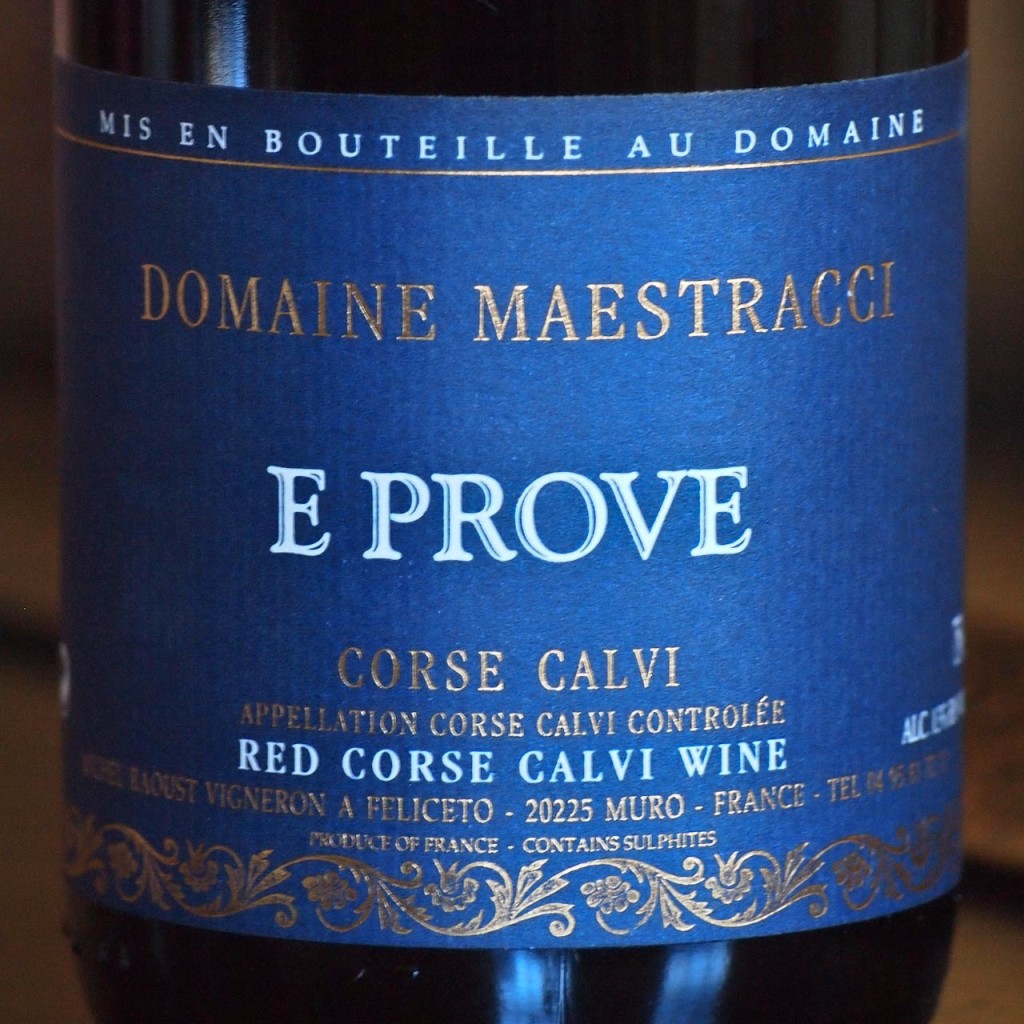
Everyone who tasted this wine enjoyed it. David Campbell, proprietor of Ceres Street Wine Merchants in Portsmouth, NH, commented on its “good color” which, he said, has “brightness” and “clarity.” His nose noted “a little clove” and his palette detected hints of chocolate. Towny Manfull tasted “dark cherries and a little rosemary.” Both Campbell and Manfull remarked on the mouthfeel with Campbell saying that it has a certain fleshiness to it. “Slickery,” he said. Manfull said that it has a pleasing fullness.
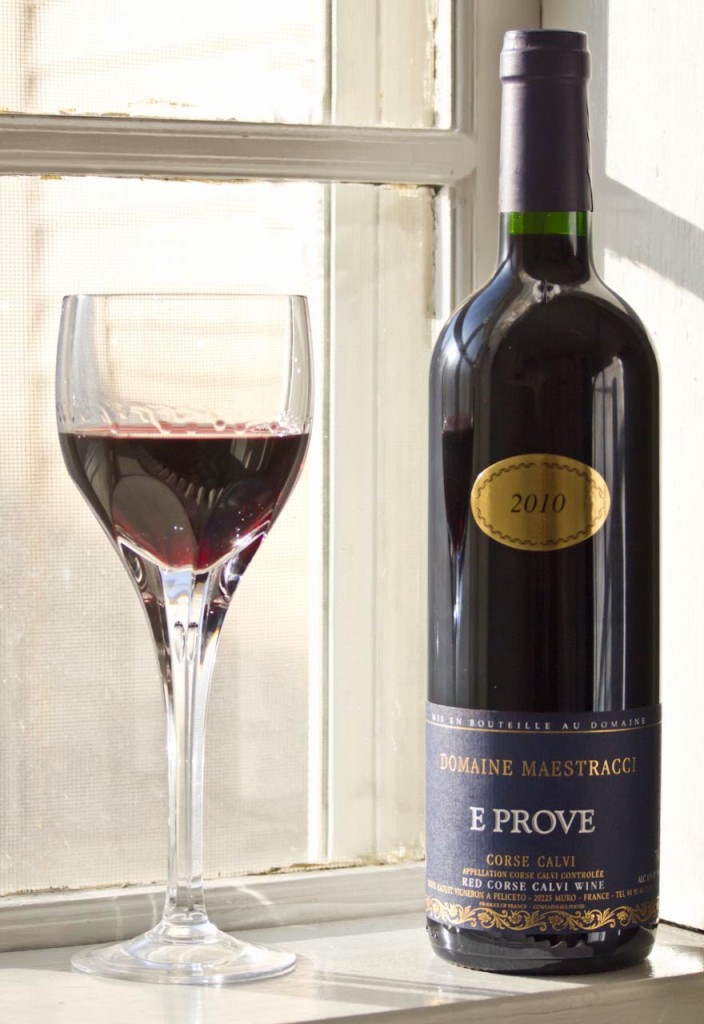
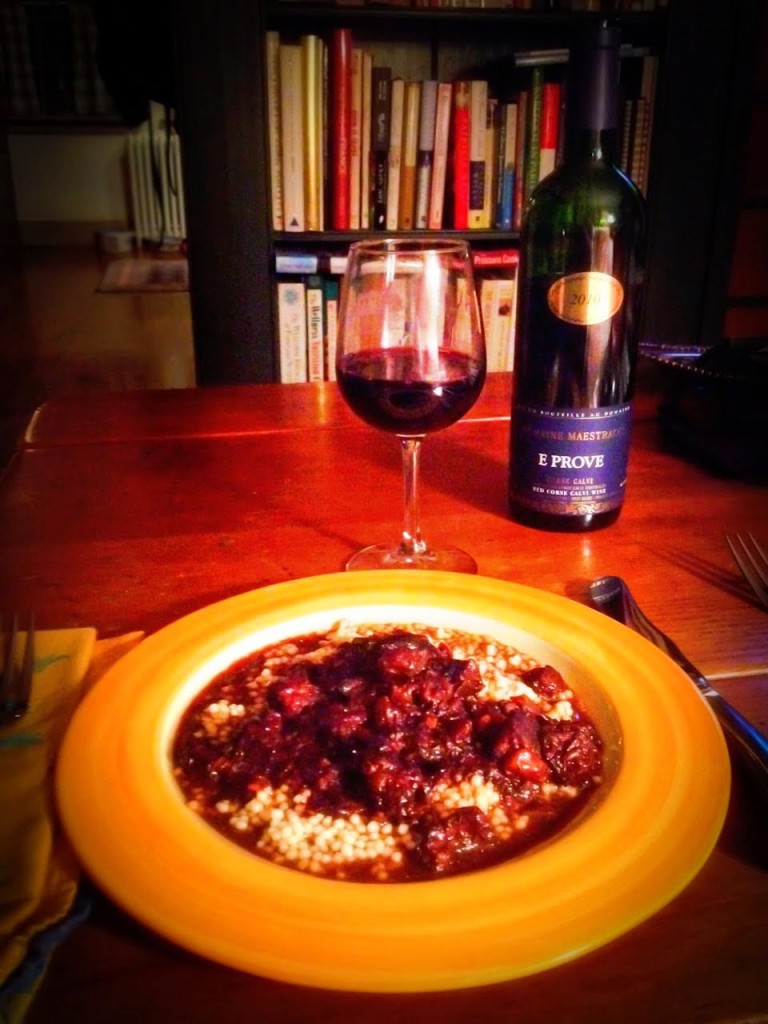
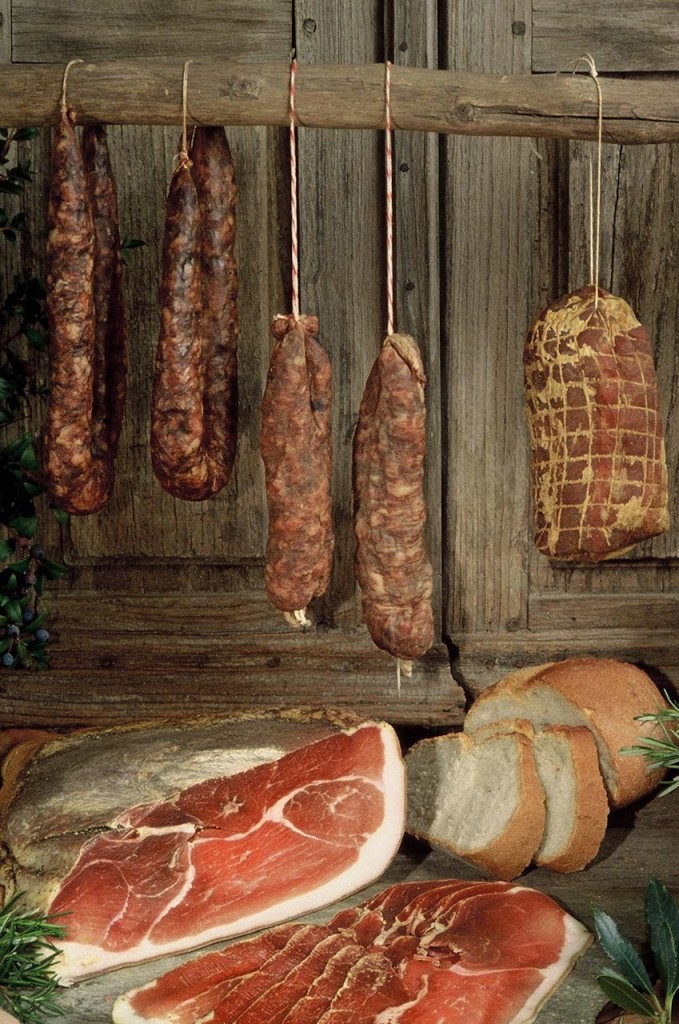
Visions of a real Corsican charcuterie kept surfacing though. The Corsican pigs, cows, and goats that may eventually contribute to your charcuterie spend their lives grazing in the wild on a diet laden with the chestnuts that can be found all over the island, a diet that is said to result in particularly tasty meats and cheeses. (Not surprisingly, roasted chestnuts, chestnut soups, chestnut cakes and chestnut tarts are also Corsican specialties.)
There are many reasons to visit Corsica. Beautiful beaches beckon but the lush hills of the island are also beguiling. Its cuisine, influenced especially by Italy but also by Provence and Spain, is distinctly their own. There are the hearty stews from the same animals that provide the meat for the charcuterie and the seafood soups with lots of garlic that one might expect but there are also lots of savory and sweet dishes made with goat cheese like a tart of brocciu (a ricotta-like cheese made from sheep’s or goat’s milk) and falculella (a type of cheesecake baked on a bed of chestnut leaves), Minestra (a soup of beans, smoked ham, cabbage, and potatoes, and lots dishes with chick peas, swiss chard and rice. There the remains of fortresses, citadels, ramparts, and churches left from those who ruled over Corsica throughout the centuries. There are cities, music, theater, museums, history, and hiking. Did I mention that Napoleon Bonaparte was born in Ajaccio, capital of Corsica?
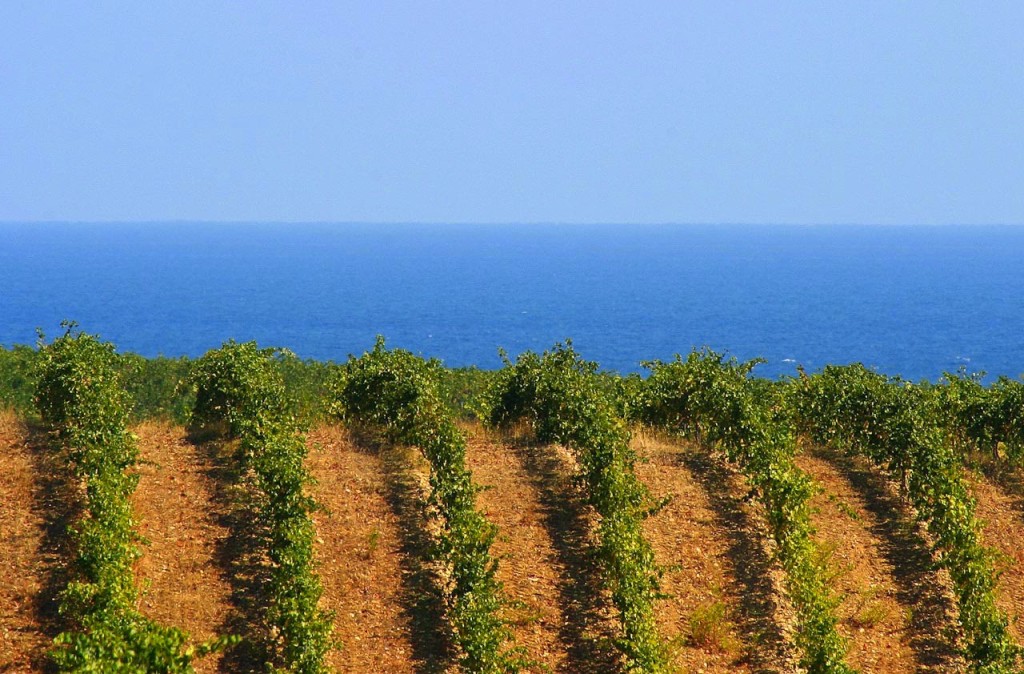
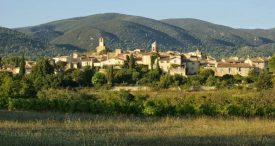





I am not sure I have ever seen a Corsican wine, but there are a few places here who work with Kermit Lynch, so maybe I will get lucky! The lamb looked fantastic, and I could definitely get into some of that charcuterie!! ~ David
Great article or blog on Corsican wine. Must go someday soon. Kathy
The wine is definitely worth the search and it does go so well with that lamb dish. It is a Mark Bittman recipe from the November 27, 2013 NYT Magazine–there are quite a few that look delicious in that piece.
Kathy, Perhaps a tour there?!
I also made that same lamb dish after reading it in the paper and loved it. I have made it a couple more times since then as well. Claire
Will look for the E Prove and the Comte Abbatucci here in Provence. Thanks, once again, for the great info..
I thought it was a really interesting and appealing combination of flavors…and the wine went very nicely with it!
I would be curious about other Corsican wines you find. There are some good roses from Corsica that are available in Provence!